In recent years, the trade relationship between China and Qatar has witnessed significant growth, driven by increasing economic collaboration and an expanding market demand for a diverse array of goods. As Qatar establishes itself as a vital hub within the Gulf Cooperation Council (GCC) region, the need for effective logistics solutions—particularly in sea freight—has become increasingly important. Sea freight offers businesses a cost-effective means of transporting large volumes of goods, including consumer products, machinery, and raw materials, while accommodating various cargo types, from oversized items to fragile goods. This guide will delve into the intricacies of sea freight from China to Qatar, exploring shipping options, major ports, and essential factors that can help optimize your logistics strategy.
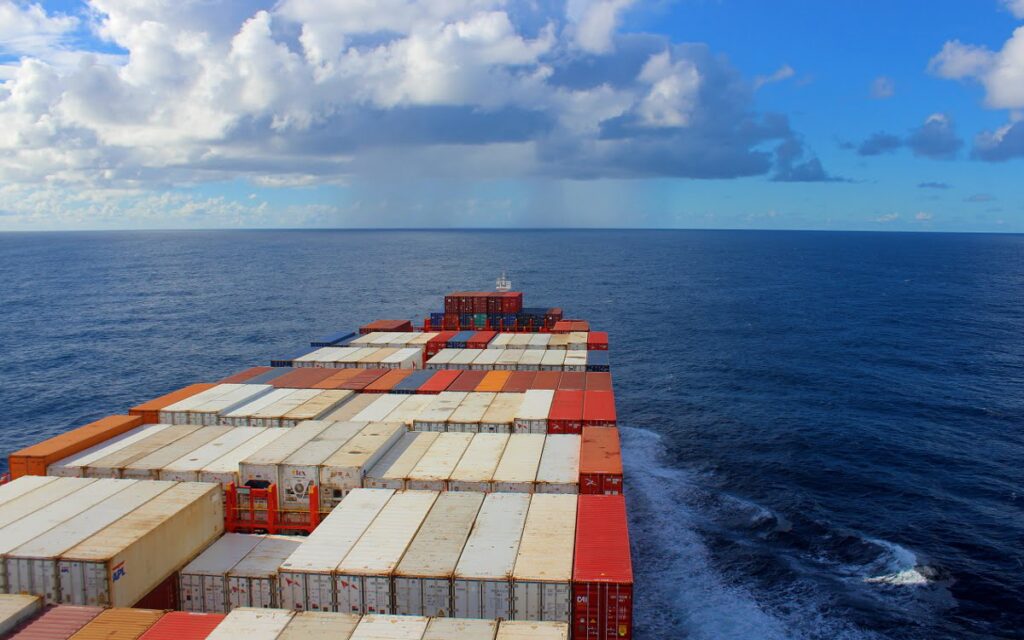
Introduction to Sea Freight From China to Qatar
The trade relationship between China and Qatar has been on a notable upward trajectory, fueled by increased economic collaboration and the need for diverse goods and services. As Qatar emerges as a significant market with a growing demand for consumer products, electronics, machinery, and raw materials, the importance of efficient logistics solutions, particularly in sea freight, becomes paramount. Leveraging its strategic location, Qatar has positioned itself as a pivotal hub in the Gulf Cooperation Council (GCC) region, facilitating the seamless flow of goods from China to the Middle East.
Sea freight offers numerous advantages for shipping goods internationally. One of the most compelling benefits is the cost-effectiveness associated with transporting large volumes of cargo. Compared to air freight, sea freight can drastically reduce shipping costs, particularly for businesses that import substantial quantities. Additionally, sea freight accommodates a wide variety of cargo types, including oversized and heavy items, which may not be feasible for air transport. This flexibility makes sea freight an optimal choice for importers looking to maximize their logistics efficiency while managing costs effectively.
Understanding Sea Freight Options

Full Container Load (FCL) Shipping
Full Container Load (FCL) shipping refers to the practice of occupying an entire container for transporting goods. This option is particularly advantageous for businesses that require shipping substantial volumes of cargo, as it maximizes the use of space and reduces the per-unit shipping cost.
Benefits of FCL Shipping
- Cost Efficiency: FCL shipping can be more economical for larger shipments since the total cost is distributed across a greater number of items.
- Reduced Risk of Damage: With exclusive access to a container, cargo is less likely to be damaged during transit compared to sharing space with other shipments. This is especially important for fragile items or those needing special handling.
- Faster Transit Times: Since the container is exclusively booked, FCL shipments typically experience quicker processing times at ports, leading to faster delivery compared to LCL shipments.
- Simplified Customs Clearance: FCL shipping can streamline customs procedures, as the paperwork and documentation for a single shipment can be more easily managed.
Factors Affecting FCL Shipping Costs
- Container Type and Size: The dimensions and capacity of containers can significantly impact costs. Standard 20-foot and 40-foot containers are commonly used in the industry.
- Origin and Destination: The distance and routing from the shipping origin in China to the destination in Qatar influence shipping costs.
- Freight Rates: Varying market conditions and freight rates can also affect the overall cost of FCL shipping.
- Additional Charges: Costs associated with loading, unloading, and any applicable surcharges (e.g., fuel surcharges) must be considered when calculating total expenses.
Less-than-Container Load (LCL) Shipping
Less-than-Container Load (LCL) shipping, on the other hand, is utilized when the cargo volume does not fill an entire container. This option allows multiple shipments from various clients to be consolidated in a single container, which can be a cost-effective choice for smaller shipments.
Advantages of LCL Shipping
- Flexibility: LCL shipping caters to businesses with varying shipment sizes, allowing for cost savings without the need to wait for a sufficient volume of goods to fill a container.
- Lower Inventory Costs: Importers can ship smaller quantities more frequently, reducing the need for large inventory storage and associated costs.
- Access to a Broader Range of Goods: Importers can diversify their shipments and test new products without the commitment of full container loads, fostering innovation and market exploration.
Considerations for LCL Shipping
- Higher Cost per Unit: While LCL shipping offers flexibility, the cost per unit is generally higher than FCL, making it less economical for bulk shipments.
- Longer Transit Times: LCL shipments may experience longer transit times due to consolidation and deconsolidation processes at ports.
- Increased Risk of Damage: With multiple shipments sharing a container, there is a heightened risk of damage or loss during transit, especially if proper packing and handling protocols are not followed.
By understanding the nuances of FCL and LCL shipping, businesses can strategically select the most suitable sea freight option for their needs, ensuring efficient and cost-effective logistics solutions when importing from China to Qatar. For those seeking a reliable partner in navigating these logistics complexities, Dantful International Logistics offers comprehensive services tailored to maximize your shipping efficiency. With expertise in customs clearance, warehouse services, and door-to-door shipping, Dantful can help streamline your import process from China to Qatar.
Shipping From China to Middle East Countries:
- Shipping from China to Saudi Arabia
- Shipping from China to UAE
- Shipping from china to KUWAIT
- Shipping From China To EGYPT
- Shipping from China to Bahrain
- Shipping From China To Jordan
- Shipping From China To Israel
- Shipping from China to Qatar
- Shipping From China To IRAQ
- Shipping from China to Iran
Top Chinese Seaports for Exports to Qatar
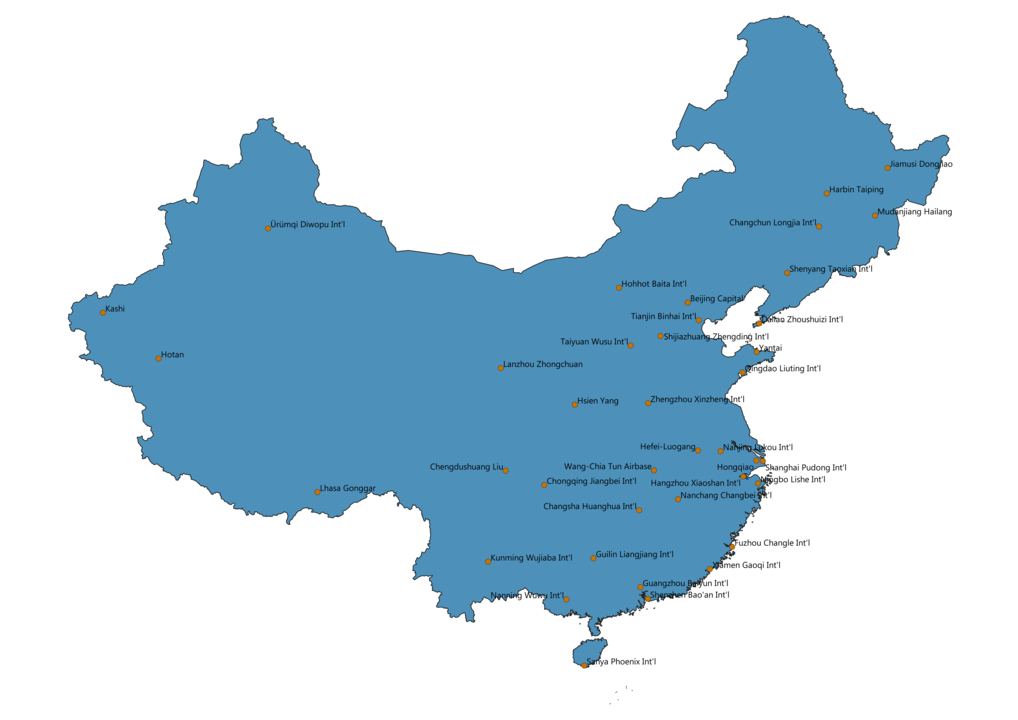
When considering sea freight from China to Qatar, understanding the key ports that facilitate this trade route is essential. The following are some of the top Chinese seaports that play a critical role in exporting goods to Qatar.
Shanghai
Shanghai is not only the largest city in China but also the busiest container port in the world. Its extensive infrastructure and connectivity to global shipping routes make it an ideal choice for exporters. With state-of-the-art facilities, the port of Shanghai can handle millions of TEUs (Twenty-foot Equivalent Units) annually, making it a central hub for goods being shipped to Qatar.
Shenzhen
Shenzhen, located near Hong Kong, is a major economic zone in China and home to several key ports, including Yantian and Shekou. Shenzhen’s ports are equipped to handle large volumes of container shipping efficiently, and they offer various logistics services, making it an attractive option for businesses looking to export to Qatar.
Ningbo-Zhoushan
The Ningbo-Zhoushan Port ranks among the top five busiest ports globally. Situated south of Shanghai, it serves as a crucial gateway for goods bound for international markets, including Qatar. With its deep-water capabilities and advanced handling techniques, this port is particularly favorable for large shipments and heavy cargo.
Guangzhou
Guangzhou is strategically located in southern China and is one of the most important ports for foreign trade. The port of Guangzhou is well-equipped for containerized shipping and offers access to a vast domestic market, making it a vital hub for exports to Qatar. Its proximity to manufacturing centers also enhances its export capabilities.
Qingdao
The port of Qingdao is known for its efficiency and technological advancements. It handles a diverse range of cargo and has strong connections to shipping routes across Asia and beyond. Qingdao’s facilities are capable of managing both bulk and container shipments, making it a reliable option for businesses exporting to Qatar.
Tianjin
Tianjin is the primary port serving Beijing and the surrounding northern regions of China. It has extensive cargo handling capabilities and is one of the major ports for international shipping. The Tianjin port’s strategic location allows easy access to a wide range of goods, making it a key contributor to exports headed for Qatar.
| Port Name | Location | Container Volume (TEUs) | Key Features |
|---|---|---|---|
| Shanghai | East Coast | 43 million | World’s busiest container port |
| Shenzhen | South China | 25 million | Major economic zone, multiple ports |
| Ningbo-Zhoushan | East Coast | 28 million | Deep-water capabilities, heavy cargo |
| Guangzhou | South China | 22 million | Access to manufacturing centers |
| Qingdao | East Coast | 19 million | Efficient and technologically advanced |
| Tianjin | North China | 13 million | Serves Beijing and northern regions |
Main Qatar Seaports for Imports
As trade between China and Qatar continues to expand, understanding Qatar’s primary seaports for imports becomes crucial for businesses planning to bring goods into the region. The following are the main seaports in Qatar that facilitate the importation of goods, including those from China.
Hamad Port
Hamad Port, located south of Doha, is Qatar’s largest and most modern port. Opened in 2017, it serves as the main gateway for imports into the country and has a capacity to handle over 7 million TEUs annually. The port is equipped with state-of-the-art facilities, including automated systems for efficient cargo handling, making it a preferred choice for large-scale imports from various countries, including China.
Doha Port
Doha Port, while historically significant, primarily handles smaller vessels and is mainly used for local traffic and some international shipping. Its strategic location in the capital city allows for easy access to distribution centers and markets within Qatar. While it may not handle the volume of Hamad Port, it plays an essential role in the overall import infrastructure.
Mesaieed Port
Mesaieed Port is located south of Doha and primarily serves the industrial sector, including oil and gas projects. This port focuses on bulk shipping and logistics support for industrial materials, making it vital for companies in sectors such as construction and manufacturing. While not as prominent for general cargo imports from China, it holds importance for specific industrial transactions.
Al Ruwais Port
Al Ruwais Port is situated in the northern part of Qatar and primarily facilitates fishing and agricultural imports. It is smaller compared to Hamad Port but serves a niche market, catering to local needs for food products and other consumables. This port enhances Qatar’s self-sufficiency in agricultural imports.
| Port Name | Location | Main Functionality | Capacity (TEUs) | Key Features |
|---|---|---|---|---|
| Hamad Port | South of Doha | General cargo and container import | 7 million | Modern facilities, automated handling |
| Doha Port | Capital City | Local traffic, smaller vessels | Varies | Strategic location, historical port |
| Mesaieed Port | South of Doha | Industrial sector support | N/A | Focus on bulk shipping for industries |
| Al Ruwais Port | Northern Qatar | Fishing and agricultural imports | N/A | Niche market for food products |
By understanding both the key Chinese seaports for exports and the major Qatar seaports for imports, businesses can strategically plan their shipping routes. This knowledge, combined with the services offered by Dantful International Logistics, can facilitate a smooth, efficient, and cost-effective import process, ensuring that your goods reach their destination promptly. For tailored logistics solutions and expert guidance, consider partnering with Dantful, your reliable logistics provider for seamless maritime transport from China to Qatar.
Sea Freight Shipping Process
The sea freight shipping process is a comprehensive sequence of steps that ensures the smooth transportation of goods from the point of origin in China to the final destination in Qatar. Understanding this process is crucial for importers seeking efficiency and reliability in their logistics operations.
Booking and Documentation
The first step in the sea freight process involves booking cargo with a freight forwarder or shipping line. This includes:
- Choosing a Freight Forwarder: Importers often engage a reputable freight forwarder, like Dantful International Logistics, to manage the complexities of international shipping.
- Documentation: Essential documents must be prepared, including the Bill of Lading, Commercial Invoice, Packing List, and Certificate of Origin. These documents facilitate the shipping process and are necessary for customs clearance.
Efficient management of the booking and documentation phase is critical as it sets the foundation for the entire shipping process.
Container Loading and Sealing
Once the booking is confirmed and documentation is in order, the next phase is container loading:
- Preparation of Goods: Goods must be packed securely to withstand the rigors of ocean transport. Proper labeling is essential to ensure that items are easily identifiable.
- Loading: Containers are loaded onto the vessel, ensuring optimal utilization of space and weight distribution. This process often involves specialized equipment and trained personnel.
- Sealing: After loading, containers are sealed to ensure the security of the cargo during transit. This step is vital as it prevents tampering and ensures compliance with international shipping regulations.
Ocean Transportation
With containers securely loaded and sealed, the cargo embarks on its ocean journey:
- Transit Duration: Depending on the shipping route, the transit time can vary. Generally, shipping from China to Qatar via sea takes approximately 20 to 40 days, depending on factors like weather and port delays.
- Tracking: Advanced tracking systems allow importers to monitor the progress of their shipment in real-time. This visibility is crucial for managing inventory and planning for delivery.
Customs Clearance in Qatar
Upon arrival at a Qatari port, the cargo must undergo customs clearance:
- Documentation Submission: Importers need to present all necessary documents to the customs authorities. This may include the Bill of Lading, Commercial Invoice, and any other required certifications.
- Duties and Taxes: Customs will assess the shipment and apply any relevant duties and taxes. Understanding the applicable rates is critical for cost management.
- Inspection: In some instances, customs may require physical inspection of the cargo to verify compliance with import regulations.
Working with a knowledgeable freight forwarder like Dantful can greatly simplify the customs clearance process, ensuring compliance and timely release of goods.
Final Delivery to Destination
After customs clearance, the last step involves the final delivery of goods:
- Transportation to Warehouse/Location: Depending on the agreement, the cargo may be transported to a designated warehouse or directly to the importer’s location.
- Unloading and Distribution: Once at the destination, the goods are unloaded, checked for any damages, and then distributed as needed.
A streamlined final delivery process is essential to ensure that goods reach their intended destination efficiently and intact.
Factors Affecting Sea Freight Costs
The cost of sea freight is influenced by a variety of factors that importers should consider when budgeting for their logistics expenses.
Container Size and Type
The type and size of the container play a significant role in determining shipping costs. Common container sizes include 20-foot and 40-foot containers. Generally, larger containers provide a better cost per unit ratio, but they also require larger shipments to be cost-effective.
Shipping Route and Distance
The chosen shipping route and the distance between ports significantly affect freight costs. Longer distances can lead to higher fuel and operational costs. Also, certain routes may have congestion or longer transit times, impacting overall shipping expenses.
Fuel Prices and Surcharges
Fuel prices are a crucial component of sea freight costs. Fluctuations in global oil prices can lead to adjustments in shipping rates, often reflected in fuel surcharges added to the base freight rate. Importers should monitor these changes as they can affect overall shipping budgets.
Customs Duties and Taxes
Customs duties and taxes imposed by the Qatari government can significantly impact the total cost of importing goods. These rates vary depending on the nature of the goods and their declared value. Being informed about these costs ahead of time can help importers avoid unexpected expenses.
Insurance and Handling Fees
Insurance is essential for protecting against potential losses or damages during transport. The cost of insurance premiums will depend on the value of the cargo and the coverage options selected. Additionally, handling fees for loading, unloading, and warehousing can add to the overall shipping costs.
| Factor | Description | Impact on Costs |
|---|---|---|
| Container Size and Type | Variations in cost based on selected container type | Larger containers often offer better rates |
| Shipping Route and Distance | Longer routes increase costs due to fuel and time | Important for budget planning |
| Fuel Prices and Surcharges | Fluctuations can significantly affect shipping rates | Regular monitoring needed |
| Customs Duties and Taxes | Government-imposed fees based on cargo type/value | Essential for expense forecasting |
| Insurance and Handling Fees | Additional costs for protecting and managing cargo | Vital for total cost assessment |
By carefully considering these factors, importers can make informed decisions that optimize their logistics strategies and manage shipping costs effectively. Partnering with an experienced logistics provider like Dantful International Logistics can further enhance your ability to navigate these complexities while ensuring a smooth shipping process from China to Qatar.
Tips for Optimizing Sea Freight From China to Qatar
To successfully navigate the complexities of sea freight from China to Qatar and enhance logistics efficiency, consider the following practical tips that can help optimize the shipping process.
Choosing the Right Shipping Partner
Selecting a qualified shipping partner is crucial for ensuring smooth and timely deliveries. Look for partners that demonstrate experience in navigating the specific trade routes between China and Qatar. A reliable partner should provide:
- Expertise in Sea Freight: Knowledge of both Chinese and Qatari customs processes, handling procedures, and transportation regulations.
- Robust Network: Strong relationships with shipping lines, port authorities, and local logistics providers to facilitate efficient operations.
- Customized Solutions: The ability to offer tailored logistics services that meet your specific shipping needs, whether it involves FCL or LCL options.
Proper Packaging and Labeling
Ensuring that your goods are packaged and labeled correctly is vital for minimizing damage during transit and accelerating customs clearance. Key considerations include:
- Durability of Packaging: Use sturdy materials that can withstand the rigors of ocean transport. Consider using pallets for heavy items to facilitate loading and unloading.
- Clear Labeling: Proper labeling should include the destination address, contents, handling instructions, and any necessary compliance information. This clarity helps expedite customs processes and reduces the risk of mishandling.
- Compliance with Regulations: Familiarize yourself with the packaging requirements specific to Qatar, including any restrictions for certain goods.
Timely Communication with Stakeholders
Effective communication is essential throughout the shipping process. Maintain open lines of communication with all relevant stakeholders, including:
- Suppliers in China: Coordinate shipment schedules, packing requirements, and documentation with suppliers to avoid delays.
- Freight Forwarders: Regularly update your freight forwarder on any changes in shipment details or requirements.
- Customs Brokers: Engage with customs brokers early in the process to ensure that all necessary documents are prepared in advance, reducing potential delays at ports.
Staying Updated on Regulations and Requirements
Trade regulations and customs requirements can frequently change, impacting the importation process. To stay compliant:
- Monitor Regulatory Changes: Keep abreast of any changes in customs rules, tariffs, and import restrictions in Qatar that may affect your shipments.
- Engage with Experts: Consult with professionals who specialize in international trade and customs to ensure compliance with all legal requirements.
- Continuous Training: Consider investing in training for your team to improve their understanding of international shipping regulations.
Choosing the Right Sea Freight Forwarder
Selecting the appropriate sea freight forwarder is a crucial decision that can significantly impact your shipping efficiency and overall costs.

Qualities of a Reliable Freight Forwarder
When evaluating potential freight forwarders, consider the following essential qualities:
- Experience: Look for a forwarder with a proven track record in handling shipments similar to yours. Experience with the China-Qatar shipping route is particularly valuable.
- Reputation: Research the forwarder’s reputation within the industry. Customer reviews, testimonials, and industry certifications can provide insights into their reliability and service quality.
- Comprehensive Services: A good forwarder should offer a range of services, including customs clearance, warehouse management, and insurance services, allowing you to streamline logistics.
- Technology and Tracking Capabilities: Advanced tracking systems that provide real-time updates on shipment status can enhance transparency and improve communication.
Questions to Ask When Selecting a Forwarder
To ensure you choose the right freight forwarder, consider asking the following questions:
- What is your experience with shipments to Qatar? Understanding their familiarity with the specific requirements of your destination is key.
- What services do you offer? Assess whether they provide a full suite of logistics services or only a limited range.
- How do you handle customs clearance? Inquire about their processes for managing customs documentation and compliance.
- What are your tracking capabilities? Ensure they have robust tracking solutions to monitor your shipment’s journey.
- Can you provide references from previous clients? Speaking with other clients can help gauge their service quality and reliability.
Why Choose Dantful Logistics
Dantful Logistics stands out as a premier choice for businesses looking to optimize their sea freight from China to Qatar. Key reasons to partner with Dantful include:
- Highly Professional Services: With extensive experience in international logistics, Dantful provides expert knowledge of shipping procedures and regulations specific to Qatar.
- Cost-Effective Solutions: Dantful offers competitive rates while ensuring high-quality service, helping you manage your logistics expenses effectively.
- One-Stop Logistics Provider: From customs clearance to warehouse services and door-to-door shipping, Dantful provides comprehensive logistics solutions tailored to your needs.
- Commitment to Customer Satisfaction: Dantful prioritizes clear communication and customer support, ensuring you have the necessary information and assistance throughout the shipping process.
By choosing Dantful International Logistics, you are investing in a reliable logistics partner that can enhance your import experience, streamline operations, and facilitate smooth trade between China and Qatar.
Dantful International Logistics Services:
- Dantful Ocean Freight Services
- Air Freight From China
- Amazon FBA Freight Forwarding
- WAREHOUSE Services
- One-Stop Customs Clearance Solution
- Cargo Insurance Services in China
- DDP Shipping Services By Dantful Logistics
- Out of Gauge Cargo Transportation Shipping Services
FAQs
1. What is the difference between Full Container Load (FCL) and Less-than-Container Load (LCL) shipping?
FCL shipping involves occupying an entire container for transporting large volumes of cargo, which is cost-effective and reduces the risk of damage. In contrast, LCL shipping consolidates multiple shipments from different clients into a single container, allowing for smaller shipments but typically at a higher cost per unit.
2. How long does sea freight shipping from China to Qatar typically take?
The transit time for sea freight from China to Qatar generally ranges from 20 to 40 days, depending on the shipping route, weather conditions, and potential port delays.
3. What are the key Chinese ports for shipping to Qatar?
Some of the major Chinese seaports facilitating exports to Qatar include:
- Shanghai
- Shenzhen
- Ningbo-Zhoushan
- Guangzhou
- Qingdao
- Tianjin
4. What are the primary seaports in Qatar for imports?
The main ports in Qatar for importing goods are:
- Hamad Port: The largest and most modern port, handling general cargo.
- Doha Port: Primarily for local traffic and smaller vessels.
- Mesaieed Port: Focused on industrial sector support.
- Al Ruwais Port: Specializes in fishing and agricultural imports.
5. What factors affect sea freight costs from China to Qatar?
Several factors influence sea freight costs, including:
- Container Size and Type
- Shipping Route and Distance
- Fuel Prices and Surcharges
- Customs Duties and Taxes
- Insurance and Handling Fees
6. How can I optimize my sea freight shipping from China to Qatar?
To optimize your sea freight shipping, consider:
- Choosing a reliable freight forwarder with expertise in the China-Qatar route.
- Ensuring proper packaging and labeling of goods.
- Maintaining effective communication with suppliers, freight forwarders, and customs brokers.
- Staying updated on regulations and requirements.

Young Chiu is a seasoned logistics expert with over 15 years of experience in international freight forwarding and supply chain management. As CEO of Dantful International Logistics, Young is dedicated to providing valuable insights and practical advice to businesses navigating the complexities of global shipping.
The other language versions of this article
- الدليل الشامل للشحن البحري من الصين إلى قطر
- De ultieme gids voor zeevracht van China naar Qatar
- Le guide ultime du fret maritime de la Chine au Qatar
- Der ultimative Leitfaden für Seefracht von China nach Katar
- La guida definitiva al trasporto marittimo dalla Cina al Qatar
- La guía definitiva para el transporte marítimo de China a Qatar
- O guia definitivo para frete marítimo da China para o Catar
- Полное руководство по морским перевозкам из Китая в Катар
- Çin’den Katar’a Deniz Taşımacılığına İlişkin En İyi Kılavuz


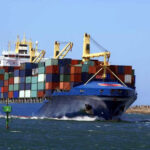
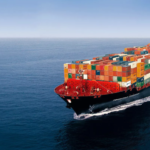
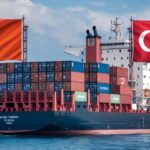


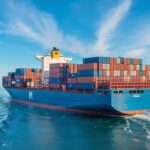



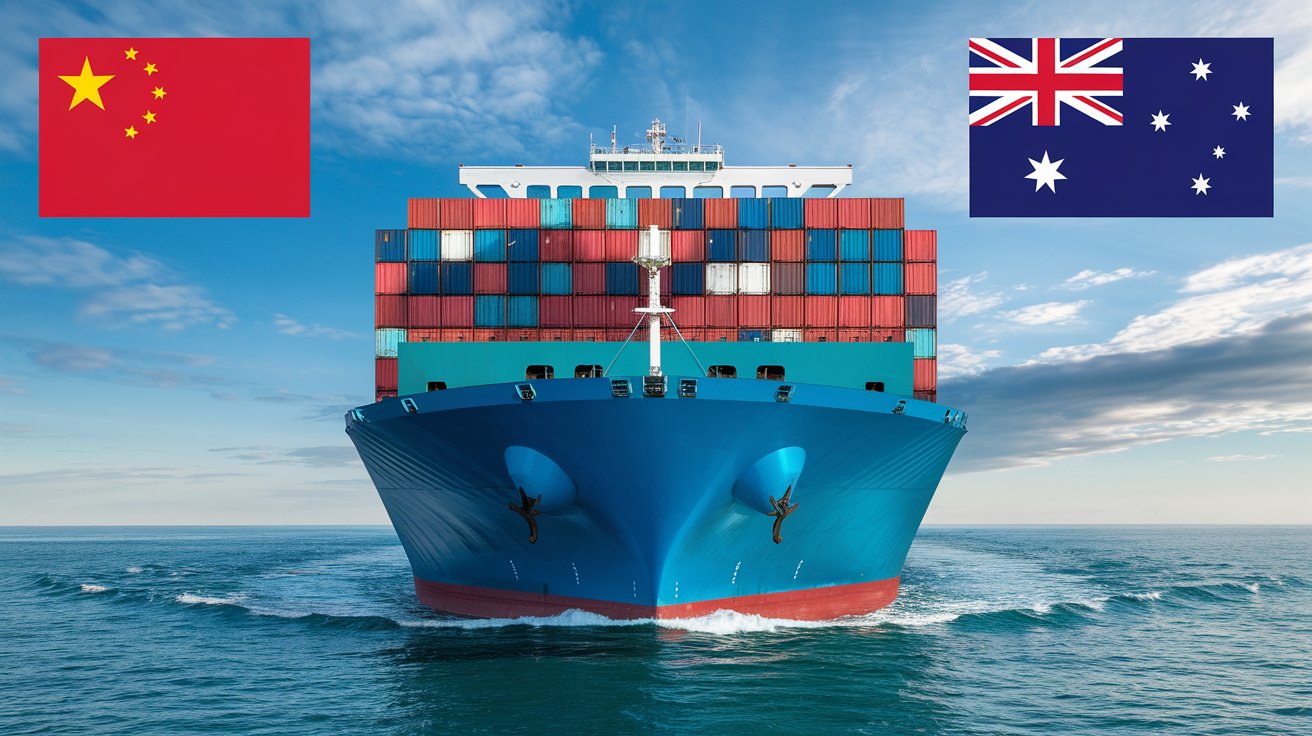
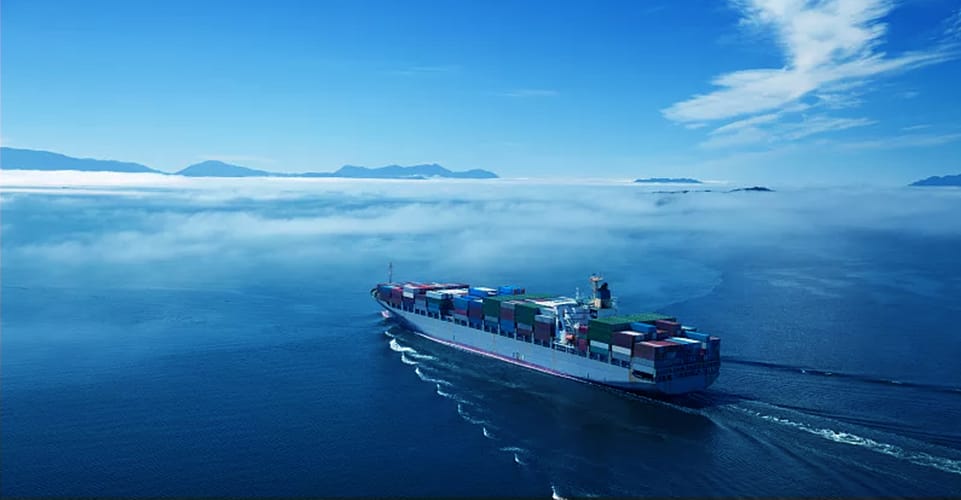
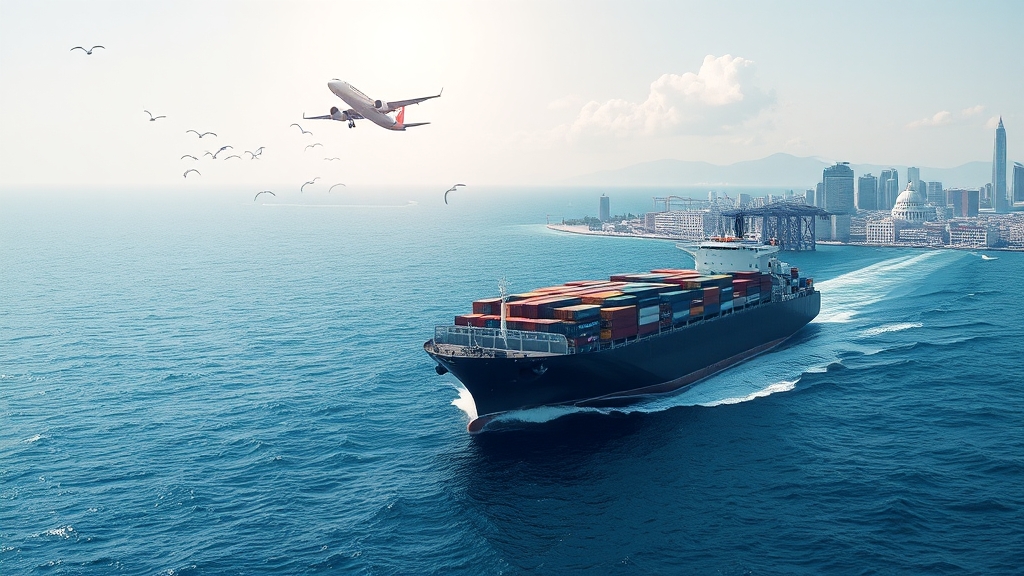
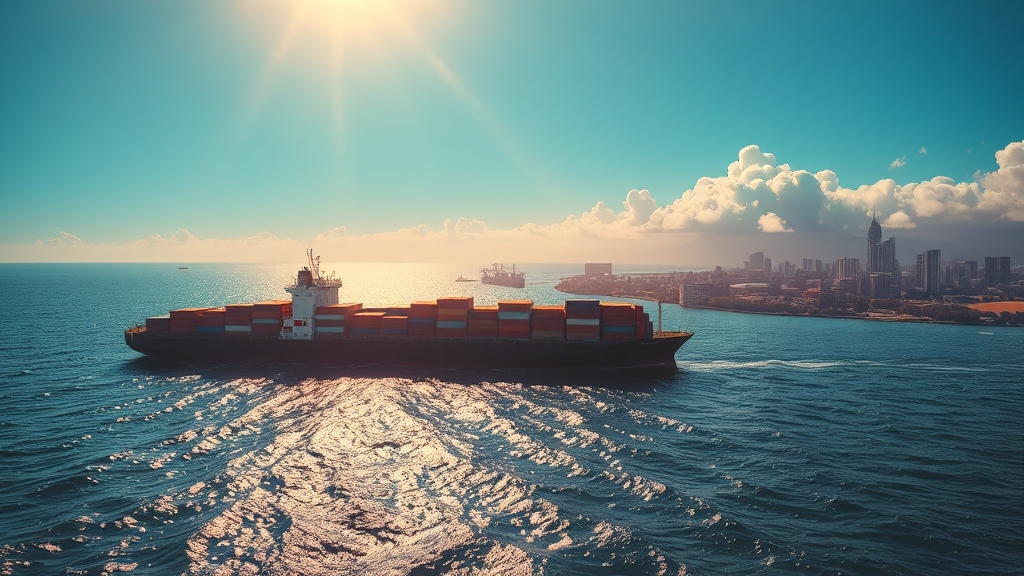






 Afrikaans
Afrikaans Shqip
Shqip አማርኛ
አማርኛ العربية
العربية Հայերեն
Հայերեն Azərbaycan dili
Azərbaycan dili Euskara
Euskara Беларуская мова
Беларуская мова বাংলা
বাংলা Bosanski
Bosanski Български
Български Català
Català Cebuano
Cebuano Chichewa
Chichewa 简体中文
简体中文 繁體中文
繁體中文 Corsu
Corsu Hrvatski
Hrvatski Čeština
Čeština Dansk
Dansk Nederlands
Nederlands English
English Esperanto
Esperanto Eesti
Eesti Filipino
Filipino Suomi
Suomi Français
Français Galego
Galego ქართული
ქართული Deutsch
Deutsch Ελληνικά
Ελληνικά Kreyol ayisyen
Kreyol ayisyen Harshen Hausa
Harshen Hausa Ōlelo Hawaiʻi
Ōlelo Hawaiʻi עִבְרִית
עִבְרִית हिन्दी
हिन्दी Hmong
Hmong Magyar
Magyar Íslenska
Íslenska Igbo
Igbo Bahasa Indonesia
Bahasa Indonesia Gaeilge
Gaeilge Italiano
Italiano 日本語
日本語 Basa Jawa
Basa Jawa ಕನ್ನಡ
ಕನ್ನಡ Қазақ тілі
Қазақ тілі ភាសាខ្មែរ
ភាសាខ្មែរ 한국어
한국어 كوردی
كوردی Кыргызча
Кыргызча ພາສາລາວ
ພາສາລາວ Latin
Latin Latviešu valoda
Latviešu valoda Lietuvių kalba
Lietuvių kalba Lëtzebuergesch
Lëtzebuergesch Македонски јазик
Македонски јазик Malagasy
Malagasy Bahasa Melayu
Bahasa Melayu മലയാളം
മലയാളം Maltese
Maltese Te Reo Māori
Te Reo Māori मराठी
मराठी Монгол
Монгол ဗမာစာ
ဗမာစာ नेपाली
नेपाली Norsk bokmål
Norsk bokmål پښتو
پښتو فارسی
فارسی Polski
Polski Português
Português ਪੰਜਾਬੀ
ਪੰਜਾਬੀ Română
Română Русский
Русский Samoan
Samoan Gàidhlig
Gàidhlig Српски језик
Српски језик Sesotho
Sesotho Shona
Shona سنڌي
سنڌي සිංහල
සිංහල Slovenčina
Slovenčina Slovenščina
Slovenščina Afsoomaali
Afsoomaali Español
Español Basa Sunda
Basa Sunda Kiswahili
Kiswahili Svenska
Svenska Тоҷикӣ
Тоҷикӣ தமிழ்
தமிழ் తెలుగు
తెలుగు ไทย
ไทย Türkçe
Türkçe Українська
Українська اردو
اردو O‘zbekcha
O‘zbekcha Tiếng Việt
Tiếng Việt Cymraeg
Cymraeg יידיש
יידיש Yorùbá
Yorùbá Zulu
Zulu